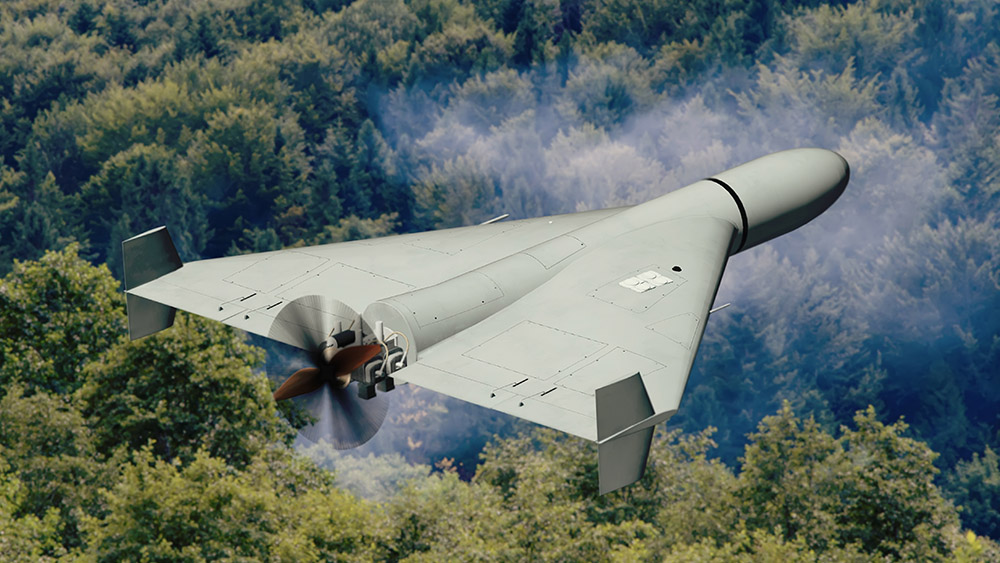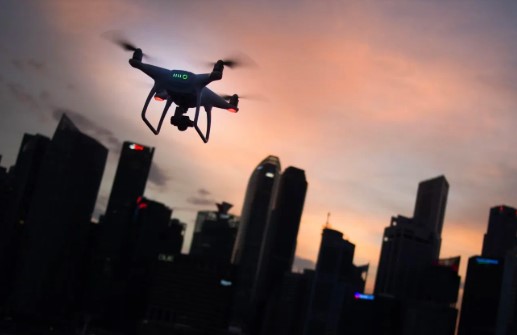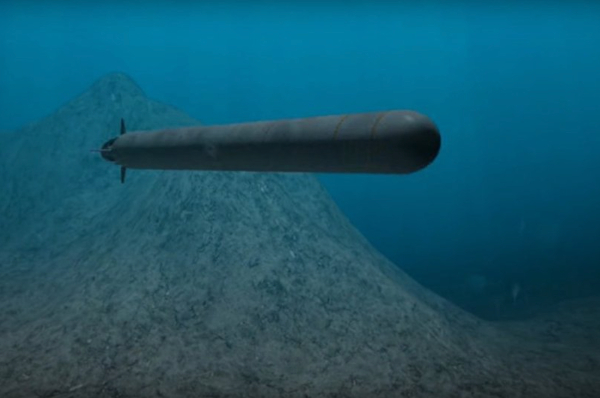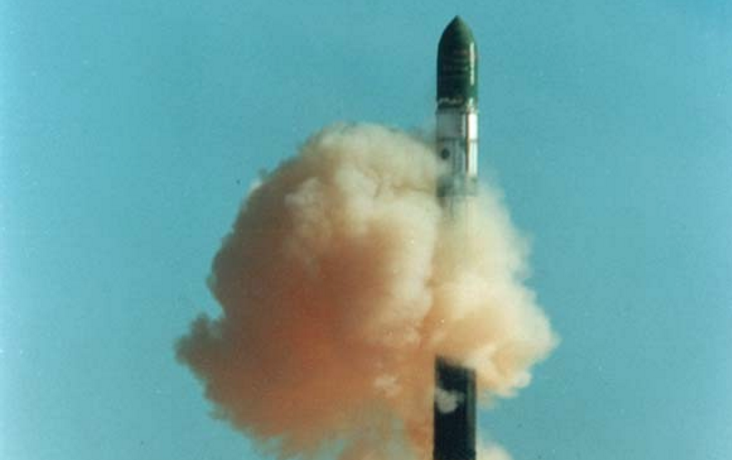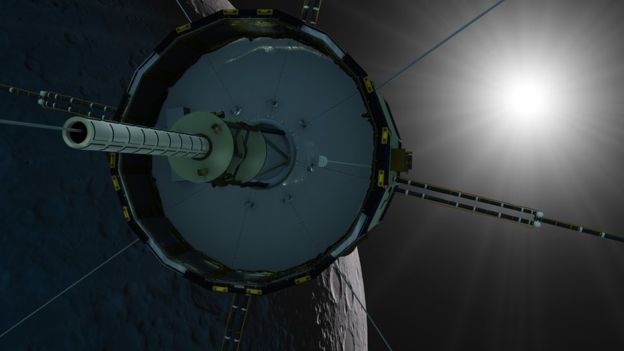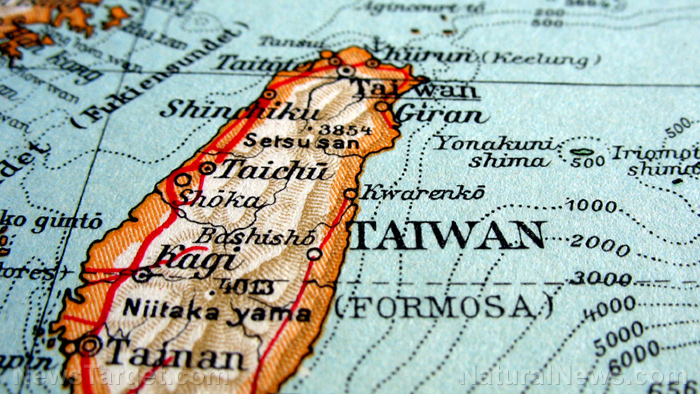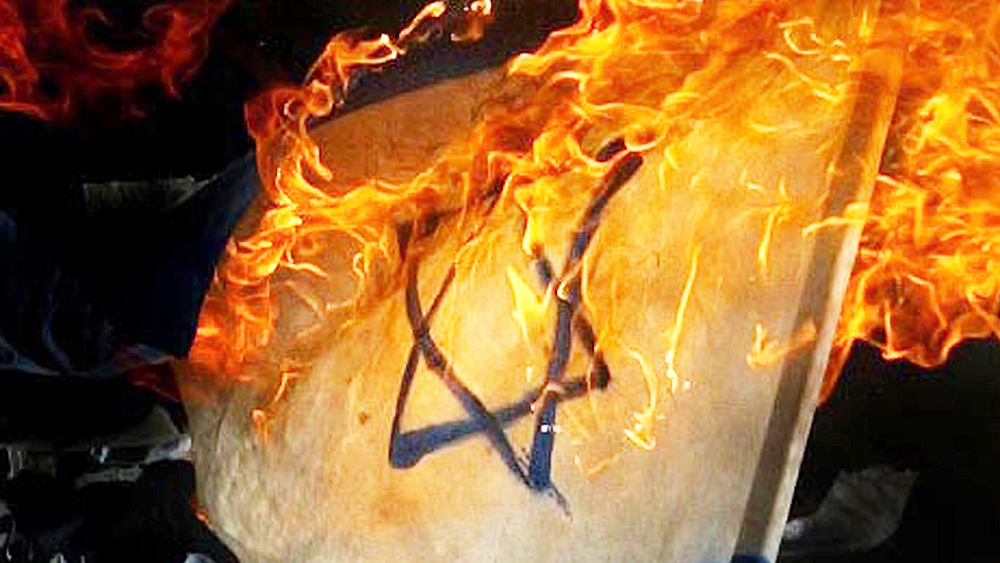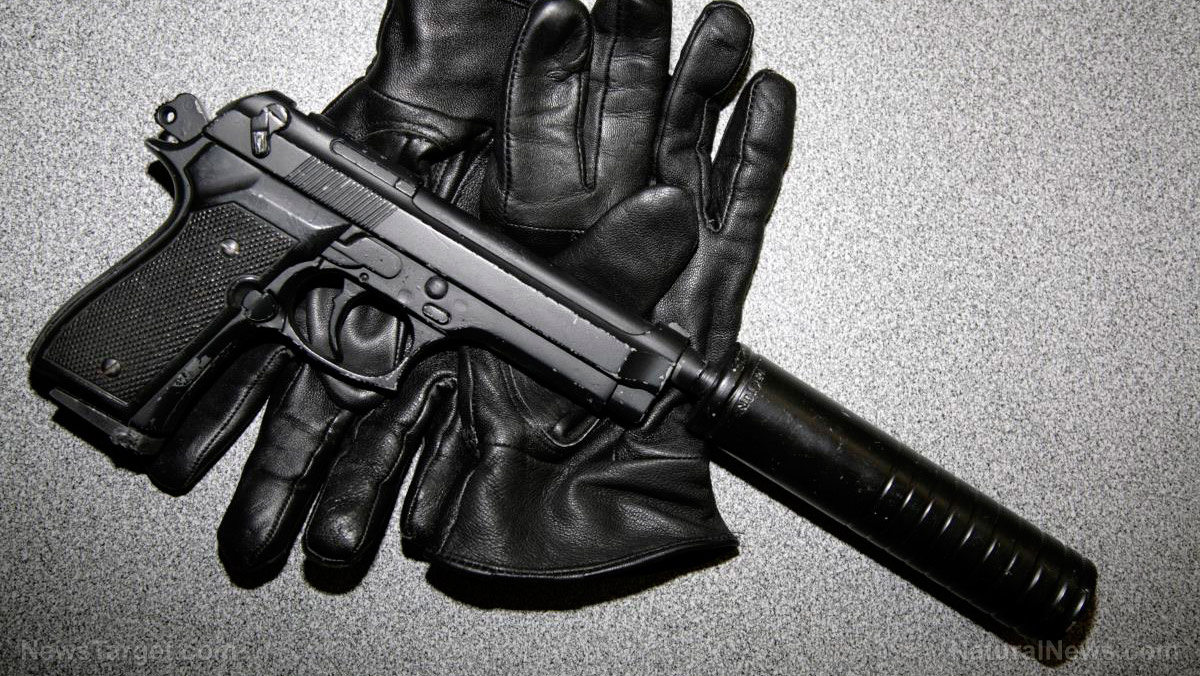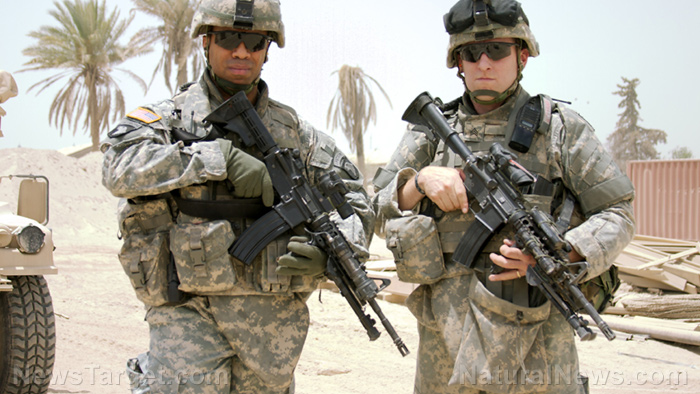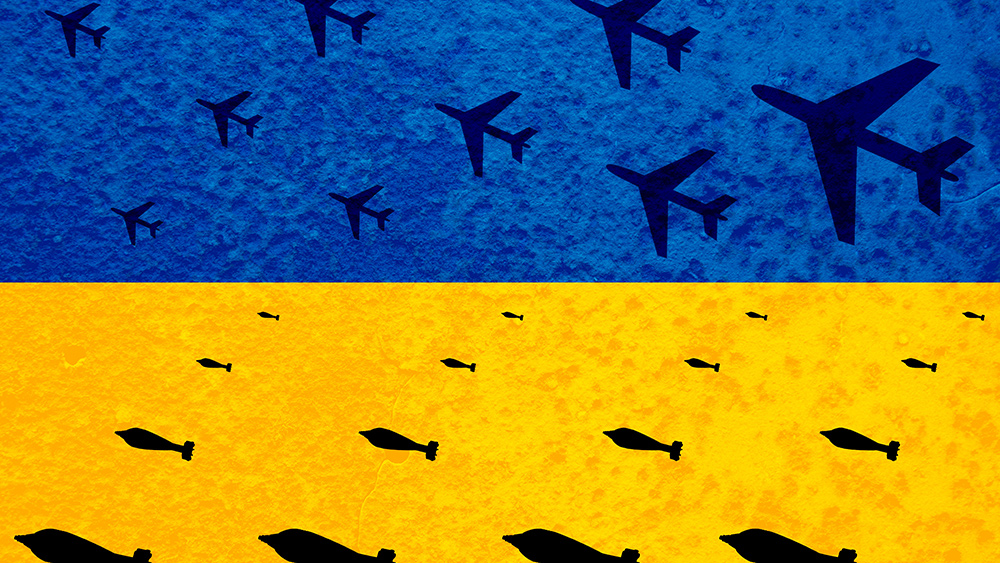Ukraine’s air defense interception rates fall to lowest levels of 2025
11/13/2025 / By Cassie B.
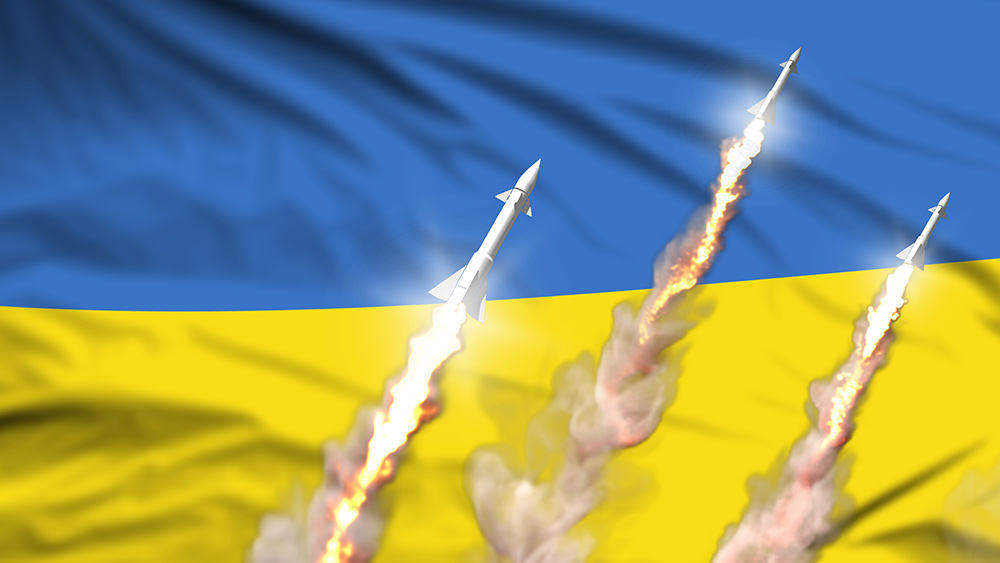
- Ukrainian air defense capabilities are declining significantly.
- Interception rates for drones and missiles have fallen dramatically.
- Critical infrastructure is increasingly vulnerable, causing widespread blackouts.
- The high cost and limited supply of Western interceptors is unsustainable.
- Manpower shortages and uneven defense distribution worsen the problem.
The protective shield over Ukraine is cracking. As Russia intensifies its long-range bombardment, Ukrainian air defenses are struggling to keep pace, with interception rates for drones and missiles falling dramatically. This alarming decline, revealed through Ukrainian air force data, signals a dangerous new phase in the conflict, leaving critical infrastructure and civilian populations increasingly exposed to the nightly onslaught.
In October, Ukrainian forces managed to down or suppress just under 80% of the 5,312 drones launched by Russia. This marks the lowest interception rate of 2025 and a stark drop from the more than 90% success rate seen at the start of the year. The trend is clear and troubling: a steady erosion of defensive capabilities month by month.
The situation is even more dire for ballistic missiles. Ukraine’s interception rate for these high-speed threats plummeted from 37% in August to a mere 6% in September. This collapse in defensive effectiveness has direct and severe consequences for the people living under these attacks.
The gaps in Ukraine’s air defenses have led to widespread blackouts across the nation. The state power operator, Ukrenergo, has been forced to impose rolling power cuts for up to 16 hours per day after Russian attacks crippled generating capacity. “These days, in most regions, repair crews, power engineers, and utility services are virtually working around the clock,” President Volodymyr Zelensky confirmed. “The Russians have increased their striking power.”
A costly and unsustainable defense
The strain on Ukraine’s air defense network is multifaceted. Western-supplied systems like the Patriot are highly effective but face severe supply chain constraints. The United States can produce only 600 Patriot interceptors per year, and a Guardian report from July indicated the U.S. military itself only had 25% of the interceptors it needed for its own battle plans.
Furthermore, the cost balance is overwhelmingly in Russia’s favor. A single interceptor missile for a system like the Patriot can cost up to $4 million. Russia’s Shahed attack drones, by contrast, are estimated to cost as little as $20,000. This creates an unsustainable economic war of attrition. As Mike Fredenburg argued at Responsible Statecraft, “This distortion obscures the reality that Russia’s cost-effective missile production provides a big advantage in sustainability.”
Multiple factors for the decline
Military analysts point to several reasons for the slipping interception rates. The sheer volume and increasing sophistication of Russian attacks are overwhelming Ukrainian defenders. “The average number of drones during 2025 is 4,400 per month,” said Ivan Stupak, a former officer in Ukraine’s Security Service. “Day-to-day, it’s become more difficult to intercept them.”
Manpower shortages are also taking a toll. Stupak noted that “Ukrainian anti-aircraft units and mobile fire brigades are depleted — lots of them were disbanded and deployed to the front as regular infantry.” This drain on specialized personnel directly impacts defensive effectiveness.
The problem is compounded by the uneven distribution of air defenses across the country. While the capital, Kyiv, remains relatively well-protected, other regions are far more vulnerable. “The Russians started hitting targets in the countryside and there is not the same level of air defense there,” said Oleksandr V. Danylyuk of the Royal United Services Institute. “So, they’re more successful.”
Even the weather may be a factor. Pasi Paroinen of the Black Bird Group analysis organization suggested that poor winter visibility hampers mobile air defense teams that rely on visually targeting drones with machine guns and autocannons.
As Ukrainian cities go dark and its citizens brace for a long, cold winter, the declining interception rates tell a story of a defense pushed to its breaking point. The data reveals a harsh truth: without a fundamental shift in strategy or a massive, sustained influx of resources, the skies over Ukraine are becoming increasingly perilous, turning a war of resistance into a battle for sheer survival against an unrelenting storm of metal and fire.
Sources for this article include:
Submit a correction >>
Tagged Under:
air defense, big government, chaos, Collapse, dangerous, drones, interception, military tech, missiles, national defense, national security, Russia, Russia-Ukraine war, Ukraine, weapons technology, World War III
This article may contain statements that reflect the opinion of the author
RECENT NEWS & ARTICLES
COPYRIGHT © 2018 SELFDEFENSE.NEWS
All content posted on this site is protected under Free Speech. SelfDefense.news is not responsible for content written by contributing authors. The information on this site is provided for educational and entertainment purposes only. It is not intended as a substitute for professional advice of any kind. SelfDefense.news assumes no responsibility for the use or misuse of this material. All trademarks, registered trademarks and service marks mentioned on this site are the property of their respective owners.

